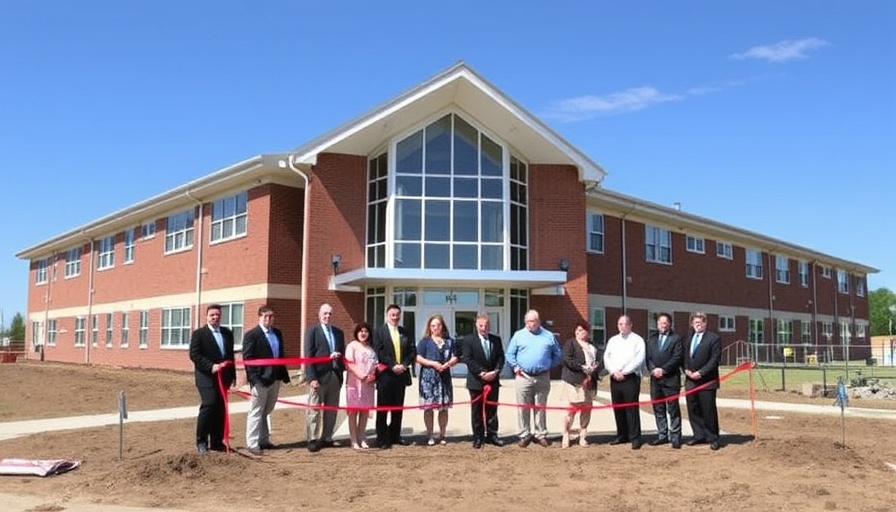
Shocking Crime Disrupts the Mechanicsburg Community
Located in the heart of Mechanicsburg, a quiet suburb of Harrisburg, the crime scene at the 400 block of East Marble Street has jolted the local community. On July 13, 2025, the lifeless body of Zachary Gula, 35, was discovered in the front yard of a residence, under circumstances that have now spiraled into a dramatic legal case. Richard King, a 35-year-old law clerk to the president judge of Cumberland County, has since been charged with homicide.
Work Laptop Seized: The Key to Uncovering Evidence
In what authorities hope will yield crucial insights, agents from the Pennsylvania Attorney General’s Office seized King’s work laptop, a significant tool that may contain personal communications between him and Gula. The intent is clear—detectives are combing through potential messages to build a clearer picture of their relationship and the events leading to the tragic incident.
The Role of Communication in Crime Investigation
Investigative techniques surrounding digital evidence have evolved dramatically in recent years. This incident highlights not just the potential forensic value of a laptop but also the complex interplay of personal relationships. Authorities often seek digital trails left behind in texts or emails, which can unravel previously hidden dynamics between suspects and victims. In King’s case, uncovering the nature of communications with Gula could lead investigators either towards a motive or eliminate him as a suspect, transforming where the investigation goes next.
Crisis in the Judiciary
This unsettling event puts a spotlight on the judiciary system in Cumberland County. Law clerks, often seen as trusted aides in judicial proceedings, are held to high ethical standards. The involvement of an individual closely tied to the administration raises questions about oversight in both professional and personal spheres. It is a painful reminder of how personal issues can occasionally cloud professional judgment, with potentially tragic outcomes.
Community Responses: Fear and Confusion
The Mechanicsburg community, once known for its serene charm, is now wrestling with fear and uncertainty. Residents are torn between outrage at the violence that has occurred and concern for their safety. Many have expressed shock at the allegations against a person who was part of the local legal landscape, underscoring a collective feeling of betrayal.
Future Implications for Legal Professionals
As law enforcement digs deeper into the backgrounds of King and Gula, this case may have far-reaching implications not only for the individuals involved but for the entire judicial system in Pennsylvania. Legal professionals may need to revisit protocols related to communication and relationships outside the courtroom, ensuring such tragic events are not repeated.
The repercussions of this case facilitate larger discussions about safety and ethical behavior among legal professionals, highlighting that even within trusted institutions, humanity can falter. These are vital conversations for communities and legal circles alike as they work to restore trust and safety.
Staying Informed: The Importance of Community Engagement
In light of these events, staying informed and engaged becomes paramount for Pennsylvania residents. Understanding the nuances of legal cases, especially one with so many potential implications, strengthens community awareness and resilience. As this case unfolds, it serves as a crucial reminder of the importance of news literacy in our increasingly complex world.
As we navigate this harrowing chapter in Mechanicsburg’s history, let us remember that it's not just about a crime; it is an opportunity for renewal and constructive dialogue about the systems meant to protect us. Community members are encouraged to stay vigilant, informed, and engaged with all developments surrounding this evolving story, ensuring we participate actively in fostering a safe environment.
 Add Row
Add Row  Add
Add 




Write A Comment